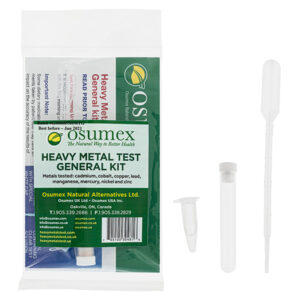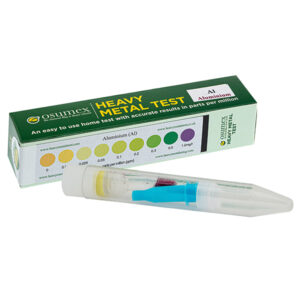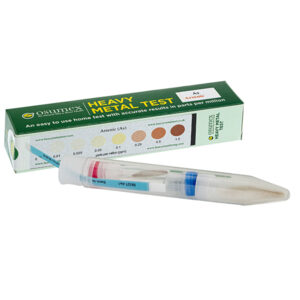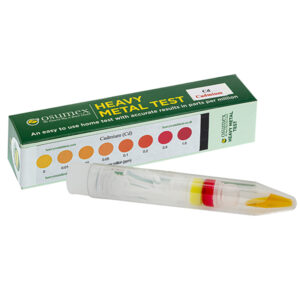Inflammation

What is Inflammation?
Inflammation is the response of living tissue to damage. The acute inflammatory response has 3 main functions:
- The affected area is occupied by a transient material called the acute inflammatory exudate. The exudate carries proteins, fluid and cells from local blood vessels into the damaged area to mediate local defenses
- If an infective causative agent (e.g. bacteria) is present in the damaged area, it can be destroyed and eliminated by components of the exudate.
- The damaged tissue can be broken down and partially liquefied, and the debris removed from the site of damage.
Causes of Inflammation
Causes of inflammation include the following:
- microbial infections – this is the most common from bacteria and virus
- Hypersensitivity or Allergic Reactions – arising from an altered state of immunological responsiveness that causes an inappropriate or excessive immune reaction damaging the tissues
- Physical agents – arising from physical trauma such as burns or frost bites
- Tissue Necrosis – due lack of oxygen or nutrients resulting from inadequate blood flow
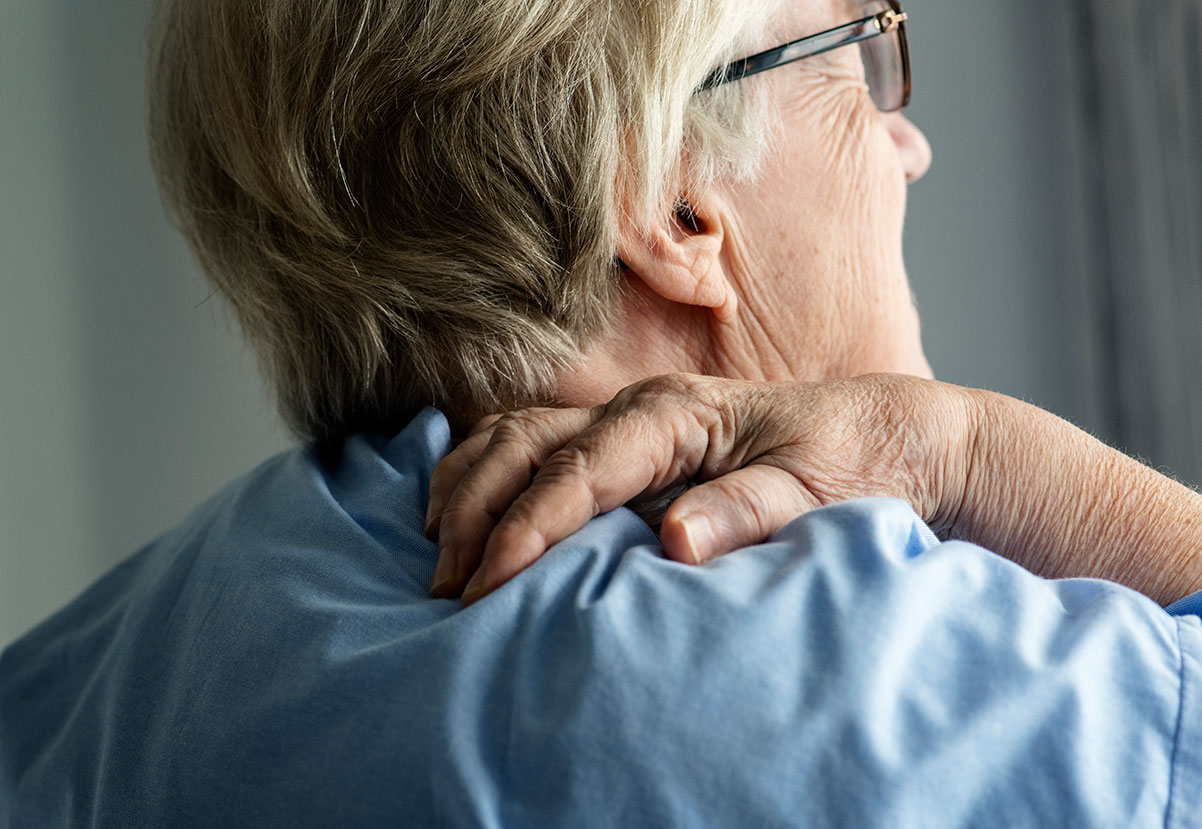

Signs of Inflammation
An acutely inflamed tissue appears red, for example skin affected by sunburn, cellulitis due to bacterial infection or acute conjunctivitis. This is due to dilatation of small blood vessels within the damaged area.
Increase in temperature is seen only in peripheral parts of the body, such as the skin. It is due to increased blood flow (hyperaemia) through the region, resulting in vascular dilatation and the delivery of warm blood to the area. Systemic fever, which results from some of the chemical mediators of inflammation, also contributes to the local temperature.
Swelling results from oedema, the accumulation of fluid in the extravascular space as part of the fluid exudate, and to a much lesser extent, from the physical mass of the inflammatory cells migrating into the area.
For the affected, pain is one of the best known features of acute inflammation. It results partly from the stretching and distortion of tissues due to inflammatory oedema and, in particular, from pus under pressure in an abscess cavity. Some of the chemical mediators of acute inflammation, including bradykinin, the prostaglandins and serotonin, are known to induce pain.
Loss of function, a well-known consequence of inflammation, was added by Virchow (1821-1902) to the list of features drawn up by Celsus. Movement of an inflamed area is consciously and reflexly inhibited by pain, while severe swelling may physically immobilize the tissues.
Silent Inflammation
The most deadly type of inflammation is where there are no symptoms or physical signs. This is described by Dr Barry Sears as Silent Inflammation. He called it the Silent Killer in his book “The Anti-Inflammation Zone”. Such Inflammation causes aging, heart attack, stroke, cancer and many other health threats.
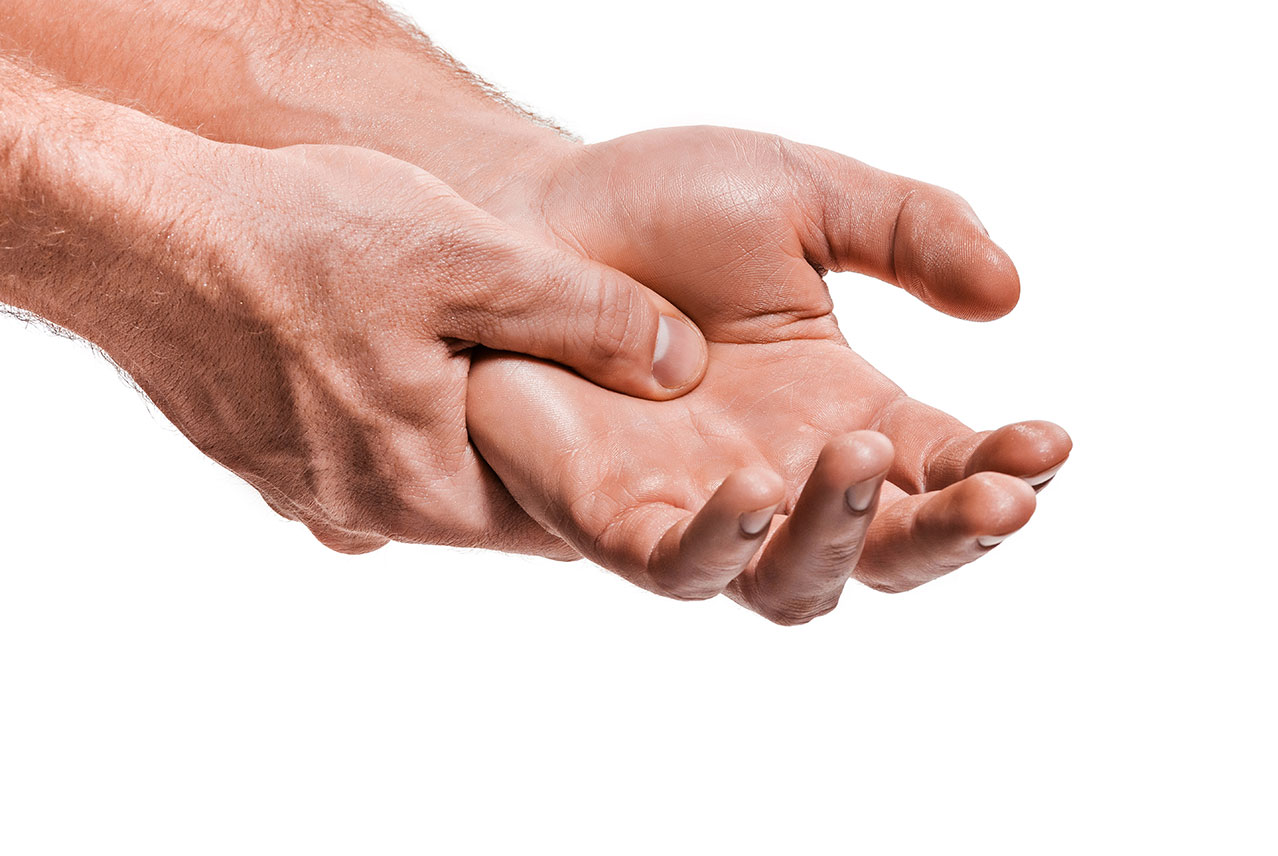
Shop Now

Health Care Professionals
Register as a Health Care Practitioner today and experience the benefits of professional Osumex account including Osumex Natural Health Products and Urine (non-invasive) Testing kits at special practitioner’s prices.




